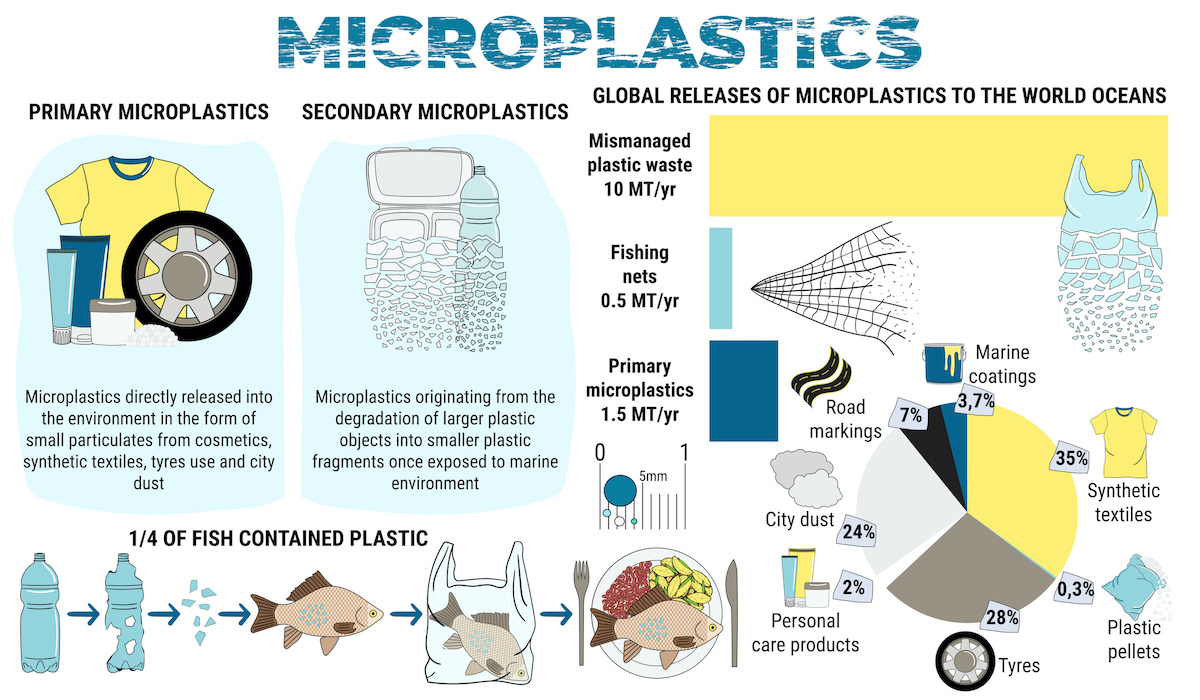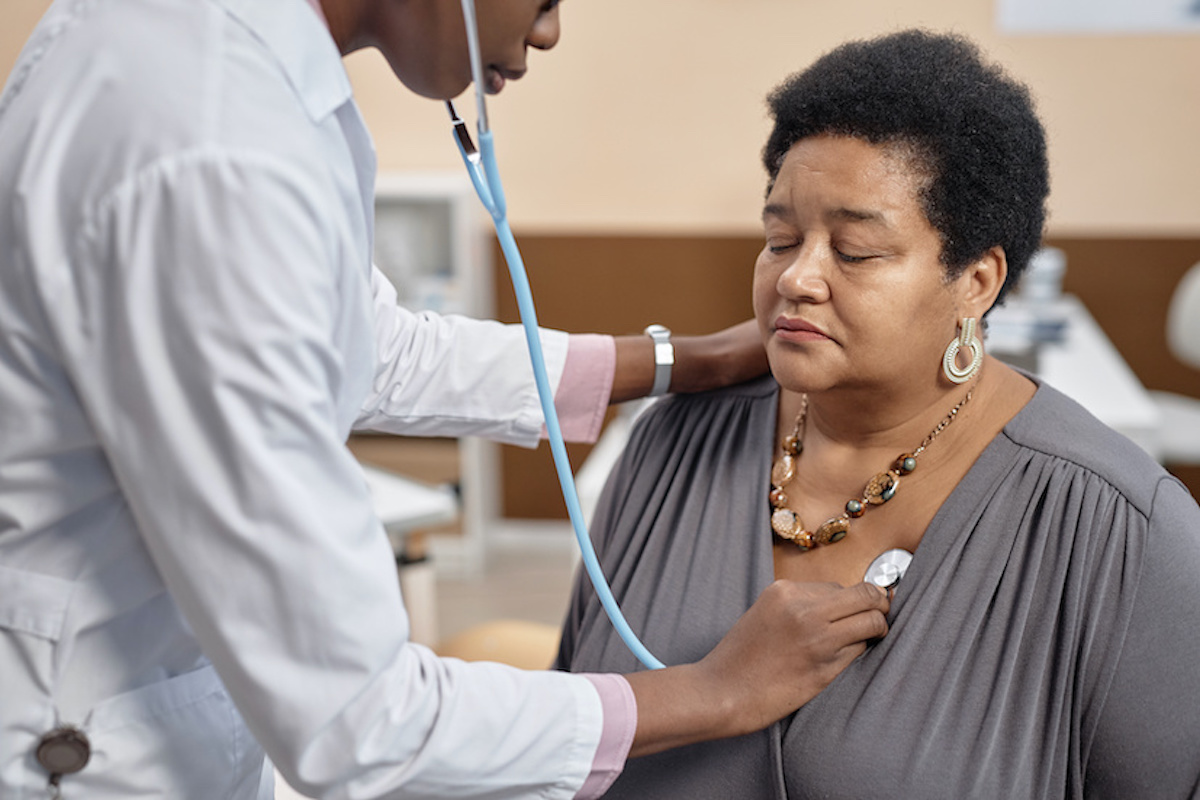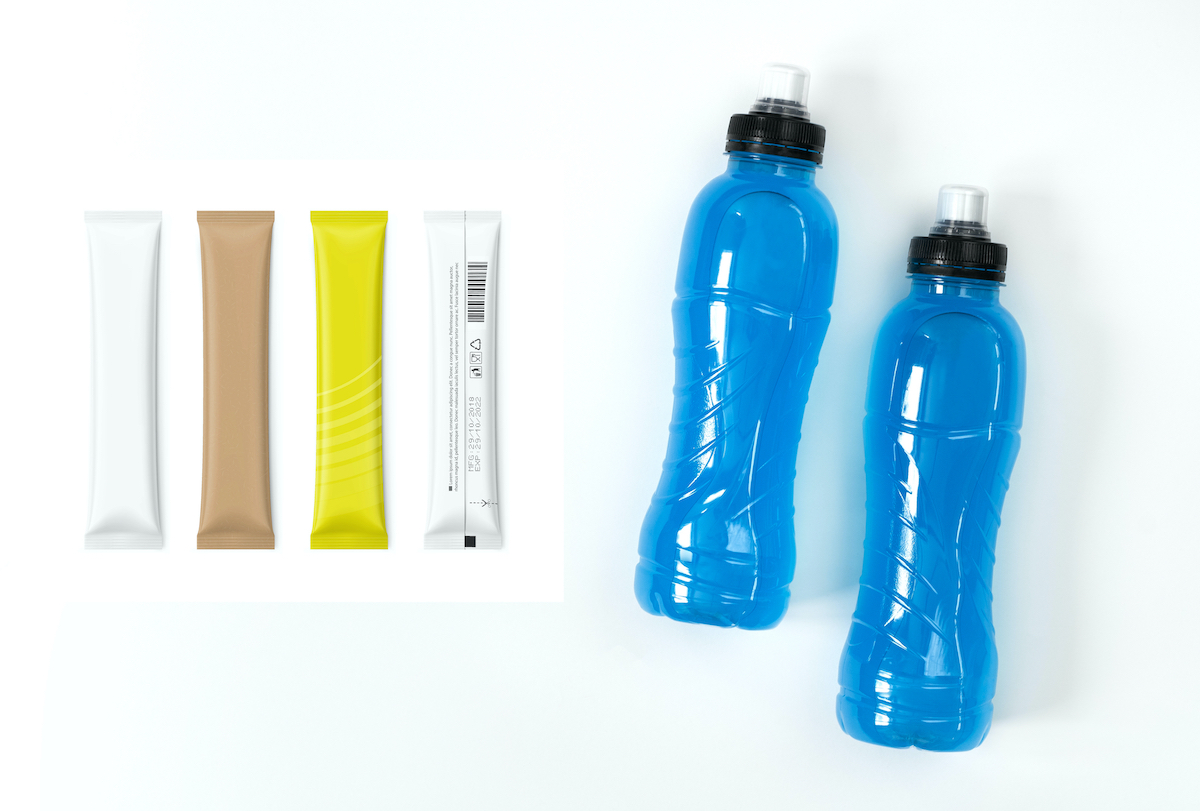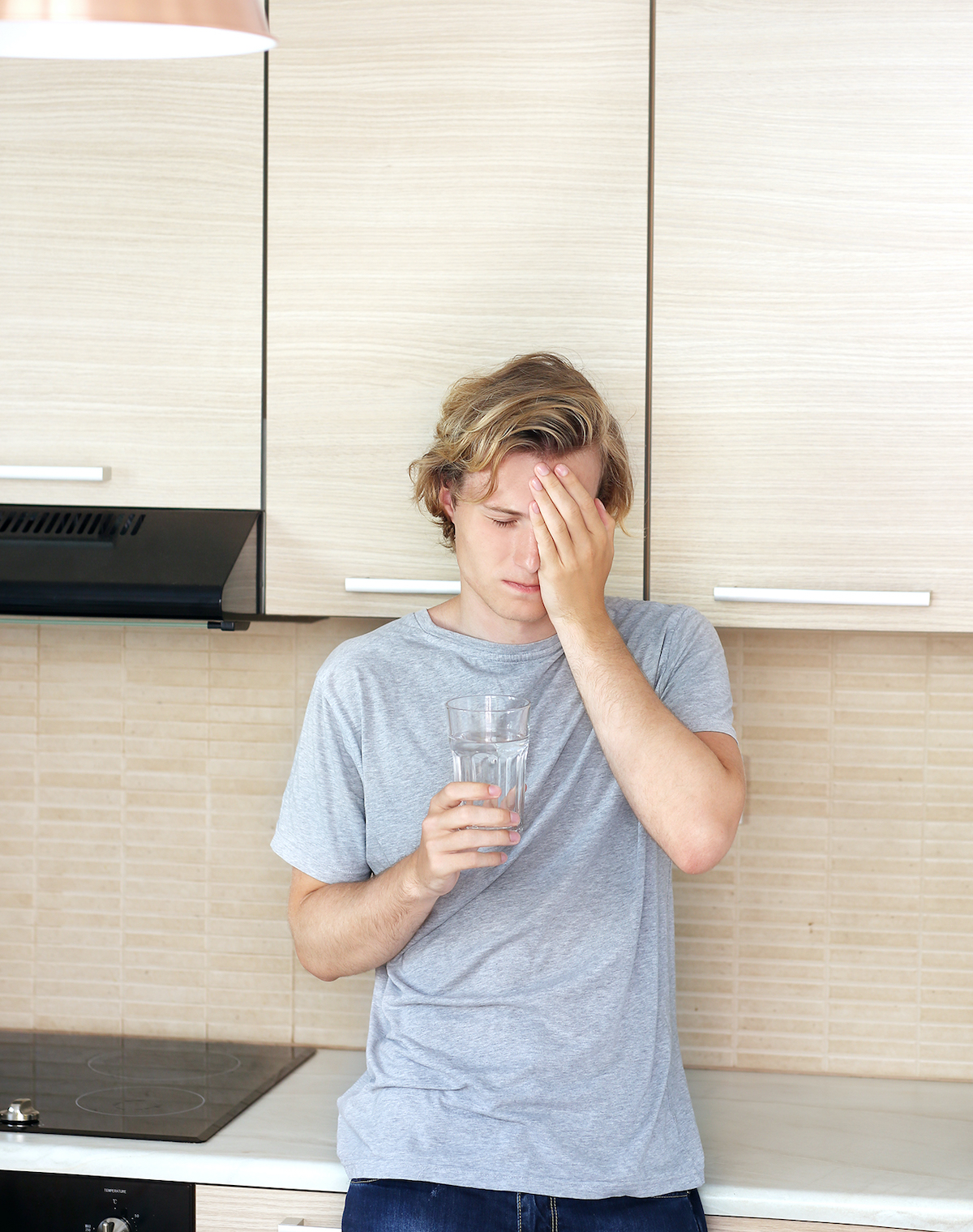The dangers of microplastics: Microplastics are the fragments of stabilizers, lubricants, fillers, plasticizers, and other chemicals that manufacturers use to give plastics their desirable properties, such as transparency, flexibility, and durability. However, experts have classified many of these chemicals as toxic and harmful to human health, such as disrupting hormones, increasing risk of chronic disease, impairing immune health.
Microplastics are found in the air, water, and soil, and are an unfortunate byproduct of the globalized economy in a time that some researchers have defined as the Plastic Age.
Study findings suggest that the amount of microplastics that people come into contact with and consume is much greater than experts once anticipated. Microplastics are increasingly prevalent in the Earth’s oceans, atmosphere, drinking water, and food supplies.
What do we know about microplastics? Most of the plastics produced globally are used for food and beverage packaging. During its use, however, plastic becomes worn and breaks into small fragments called microplastics. This article explains the potential dangers of microplastics, how food becomes contaminated with them, and ways to reduce exposure.
Common microplastics in food: The microplastic chemicals present in food are a mixture of those that manufacturers deliberately add, such as fillers and stabilizers, and those that accumulate as byproducts, such as residues and impurities. Some common microplastics present in food include:
- bisphenol A (BPA): Manufacturers use this plasticizer to make polyvinyl chloride, the “parent” plastic of many products.
- dioxin: This is a byproduct of herbicides and paper bleaching, which contaminate the environment.
- phthalates: These make plastics more flexible, transparent, and durable and are present in many types of food packaging.
- polyethylene and polypropylene: These make packaging lightweight and durable and are the most common plastics present in food and the environment.
Microplastics found in smaller quantities in food include BPA and BPF, mono-(3-carboxypropyl), mono-(carboxyisononyl), and mono-(carboxyisoctyl).
How much exposure do we experience? Because microplastics are abundant in the environment, an outcome scientists attribute to the massive global production of plastics and widespread pollution, research suggests that an average person in the United States may consume over 50,000 particles of microplastics from food alone per year. This figure increases to an estimated 90,000 in those who regularly consume plastic-based bottled water, and to 120,000 when considering the inhalation of microplastics from non-food sources.
Research scientists cited a number of long-term effects of chronic exposure to microplastics, like digestive disorders, endocrine disruption, obesity, cardiovascular disease, and neurodegenerative disorders. These medical conditions as a result of microplastic exposure often fall on people living on the economic or racial margins of society.
How to get rid of microplastics in your water: While there are some water filtration systems that can reduce the number of microplastics in municipal drinking water supplies, a new study in the journalEnvironmental Science & Technology Letters suggests that boiling and filtering water—using the same methods and materials that one might use to make tea or coffee—could reduce 90% of free-floating nano- and microplastics (NMPs).
Researchers found that crystalline structures of calcium carbonate—which occurs when boiling hard tap water since it is full of minerals—encapsulated the particles of MNPs. One of the study authors, said that these particles could build up over time and be scrubbed away. By pouring the rest of the water into a coffee filter, any remaining encrusted MNPs could be removed.
These methods showed that more encapsulation was visible in hard water, with 90% of MNPs removed from a sample that had 300 milligrams (mg) of calcium carbonate per liter. Soft water samples with less than 60 mg of calcium carbonate per liter showed a 25% reduction in MNPs through boiling.
Are there foods or supplements that can counter the effects of microplastics? Any level of pre- or probiotic supplements can help regulate a healthy gut microbiome. Fermented foods like yogurt, sauerkraut, pickles, or kimchi can also be part of a good probiotic digestive regimen.
Fiber in foods like onions, asparagus, bananas, or buckwheat are prebiotics that feed the “good bacteria” that exist in the gut, and suggested that omega-3s in flaxseeds, walnuts, and mackerel can reduce inflammation.
Polyphenols in green tea, berries, or leafy greens can also fight against damage from microplastic consumption.
Sources: Adapted from an article by Finn Cohen on February 29, 2024 —Fact checked by Sarah Myers, PharmD.
–The United States National Oceanic and Atmospheric Administration (NOAA)












